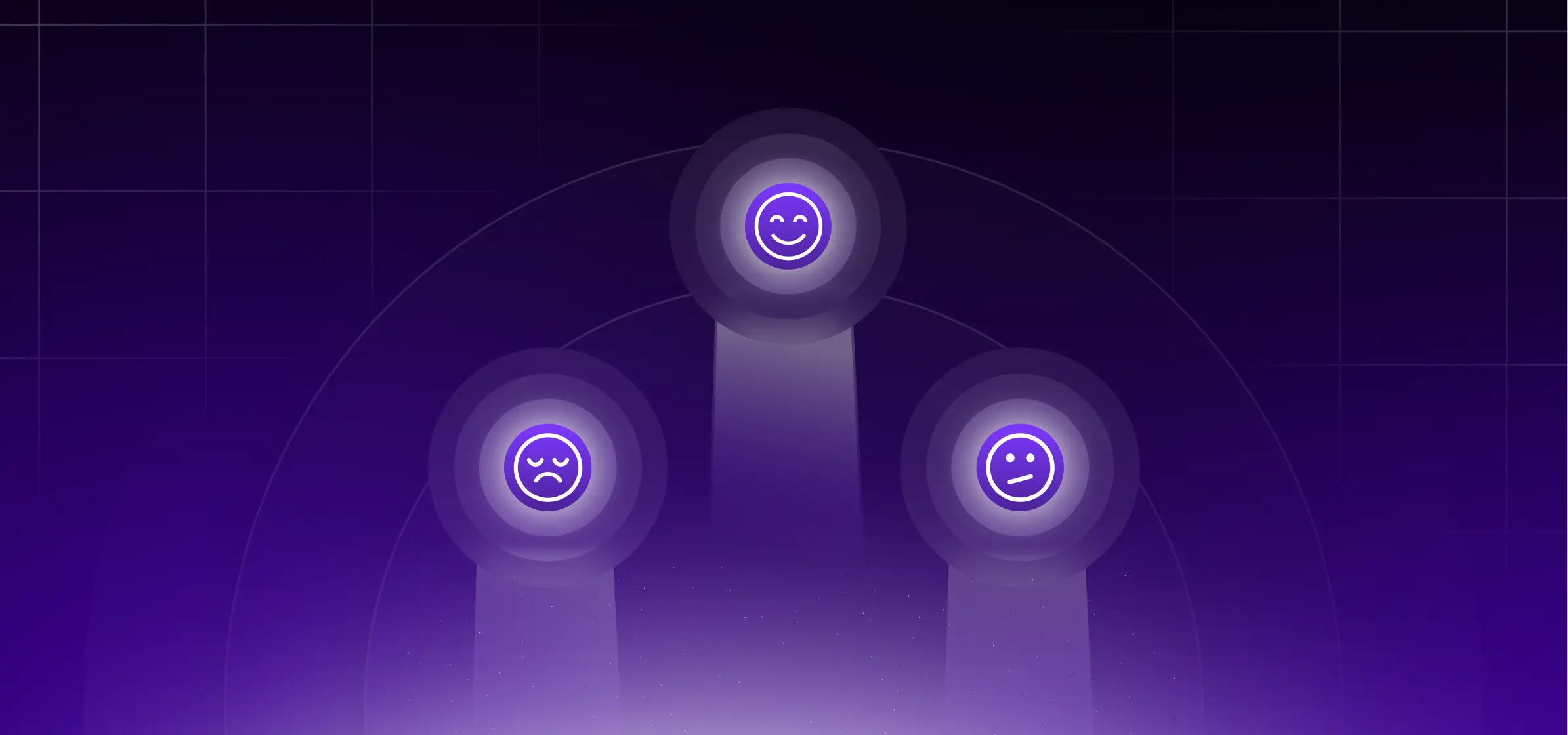Struggling to connect with leads despite following all the conventional wisdom?
Using behavioral triggers could be the missing link. These are cues that spark emotions that drive leads’ actions.
Understanding these triggers helps you reduce churn, build stronger connections, and develop a blueprint for overcoming leads’ concerns.
What Are Behavioral Triggers?
Behavioral triggers are events or stimuli that spark emotional responses in customers or prospects, often without them realizing it.
These feelings, such as trust, urgency, and fear of missing out (FOMO), matter. They influence decision making, brand relationships, and the likelihood of purchase.
For instance, when a lead reads a glowing testimonial, they may be more receptive to learning about your brand—perhaps even ready to buy.
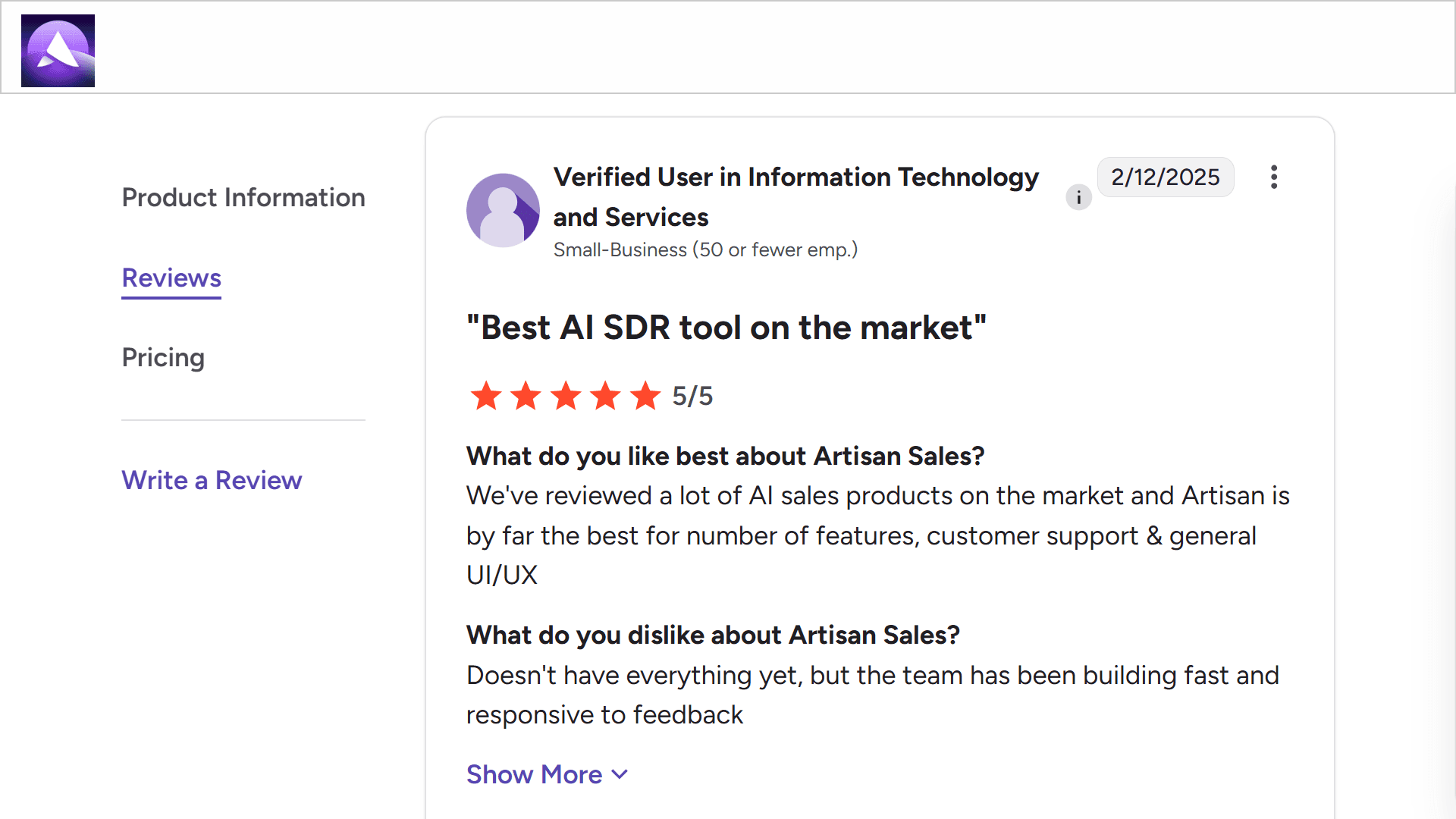
These tactics are particularly relevant to cold email outreach, where building rapport is necessary to get responses. Sales reps can also use triggers to introduce habit loops, reinforcing cycles that encourage engagement.
Here’s an example of a habit loop:
Trigger: The seller sends an intentional emotional cue designed to trigger a feeling of scarcity (e.g., a time-limited discount code for joining a loyalty scheme).
Lead action: The prospect responds to the trigger (e.g., joining the scheme and using the discount to make a purchase).
Reward: The seller encourages the prospect to restart the loop (e.g., giving the customer a significant but also time-limited points bonus on their loyalty card).
This loop reinforces positive actions and encourages customers to choose your brand more often. It’s a simple but powerful process based on tested psychological principles.
Types of Behavioral Triggers in Sales
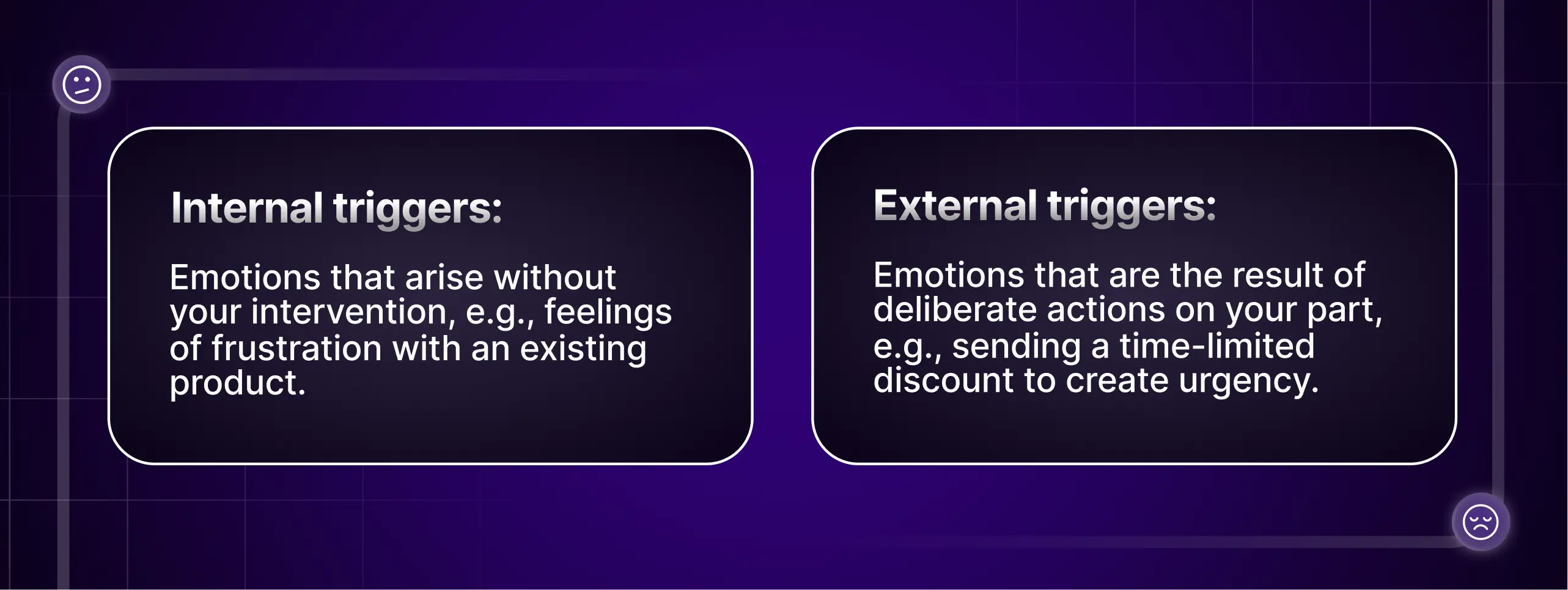
Identifying the right triggers for a situation isn’t easy. But whoever said human beings were straightforward?
Understanding the two types of triggers—external and internal—is a crucial foundational step in designing sales processes that make use of them.
Internal Triggers
Internal triggers are day-to-day feelings that affect how prospects view your business.
For example, a marketing team slowed down by data silos may feel frustrated but unaware that they crave another solution. If salespeople tap into these emotions, their communications are more likely to connect.
Internal triggers also include the time of day or even the weather. For instance, a lead may feel excited on a sunny Friday afternoon or bored on a cloudy Monday morning.
External Triggers
External triggers are deliberate actions a seller takes to engage leads. These brand-initiated signals are designed to capture attention and drive responses.
Use these common external triggers to drive sales actions:
Time-limited offers (urgency)
Exclusive discounts (exclusivity)
Testimonials (trust)
Scarcity, e.g., “only five left,” “stocks running low” (fear)
Personalized insights (curiosity)
ROI and profit projections (greed)
Free trials (risk reduction)
Relevant case studies (reassurance)
Why Identifying Triggers Matters in Sales
Like any relationship, reacting to an individual’s feelings and thoughts builds rapport. But in sales, it has unique benefits.
Here are the three main reasons to use triggers:
Emotional responses and buyer psychology: Emotion plays a big part in sales, just as much in B2B as in B2C (despite what some “experts” may say). Understanding them builds stronger connections, making prospects more likely to choose your company.
Decision-making moments: When leads view high-intent pages, such as product and pricing pages, you have an opportunity to capitalize on the momentum. Reps are increasingly automating this process. Sales tools like Artisan, for example, automate action-based, personalized follow-ups that incorporate behavioral triggers to push the lead to book a sales call.
Retention signals: Certain actions alert you to customers that are about to disengage. The more aware you are, the more you can do to win them back. For example, you could offer a time-limited discount to draw disengaged customers into a habit loop.

Real Use Cases of Behavioral Triggers in Sales & Marketing
How do behavioral triggers work in day-to-day sales scenarios?
Let’s break down three common examples of scenarios in which reps use triggers to encourage purchases: cart abandonment, demo requests, and page views.
Abandoned Cart
When customers abandon their cart, they are close to buying, but not quite there—yet.
A high-friction checkout process, a forgotten cart, or a last-minute shock at the final price, often due to VAT, delivery prices, and other hidden costs, could be to blame.
If you can respond to these situations with appropriate behavioral triggers, there’s a good chance you will make a sale.
For example, you might send an abandoned cart message with a testimonial explaining how the product benefited others, making use of social proof. Or offer a time-limited discount or stock countdown to inspire feelings of urgency.
In the example below, Lending Tree evokes feelings of FOMO by reminding site visitors that they’re missing out on their “best rates.”
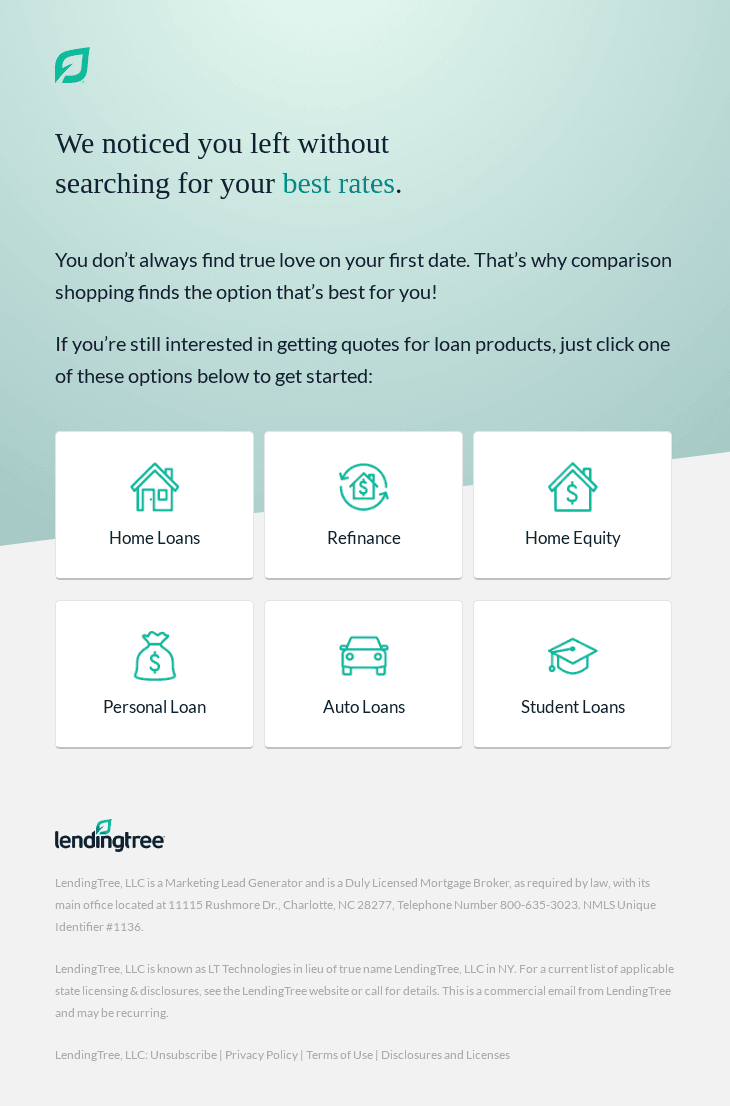
Product Demos and Free Trials
Demos and free trials overcome risk aversion. They create a sense of safety in which a lead thinks, “OK, I’m not worried about losing my money.”
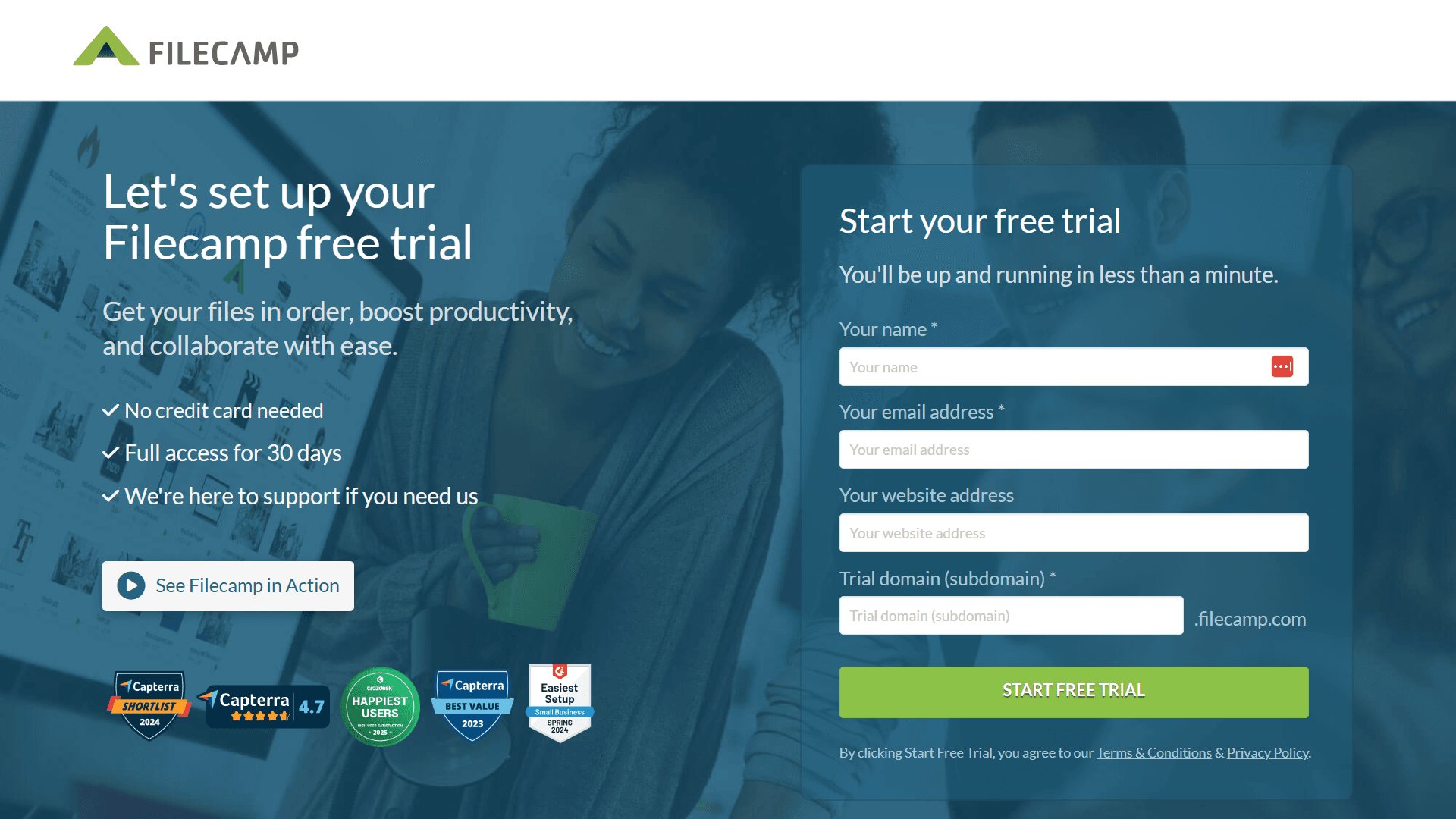
Offering a no-strings-attached product experience can be highly effective for potential customers that are nearly over the line. For example, membership platforms make it easy to offer free trials or gated premium content that drives action without pressure. You’re capitalizing on positive feelings and engagement, thereby increasing rapport, product awareness, and positive sentiment.
Page Views
A lead viewing your website is showing intent. That’s clear.
But how can you use triggers to encourage further action?
Here’s a breakdown of the meaning behind page views, with clear guidelines on how to respond.
Case Study
The lead is picturing themselves reaping the rewards of your past customers. They also want reassurance that you’re a good fit.
How to respond: Send a personalized testimonial that’s as relevant as possible. Then, initiate a call to build rapport or offer a free trial. That’s exactly what Beefree did in the example below.
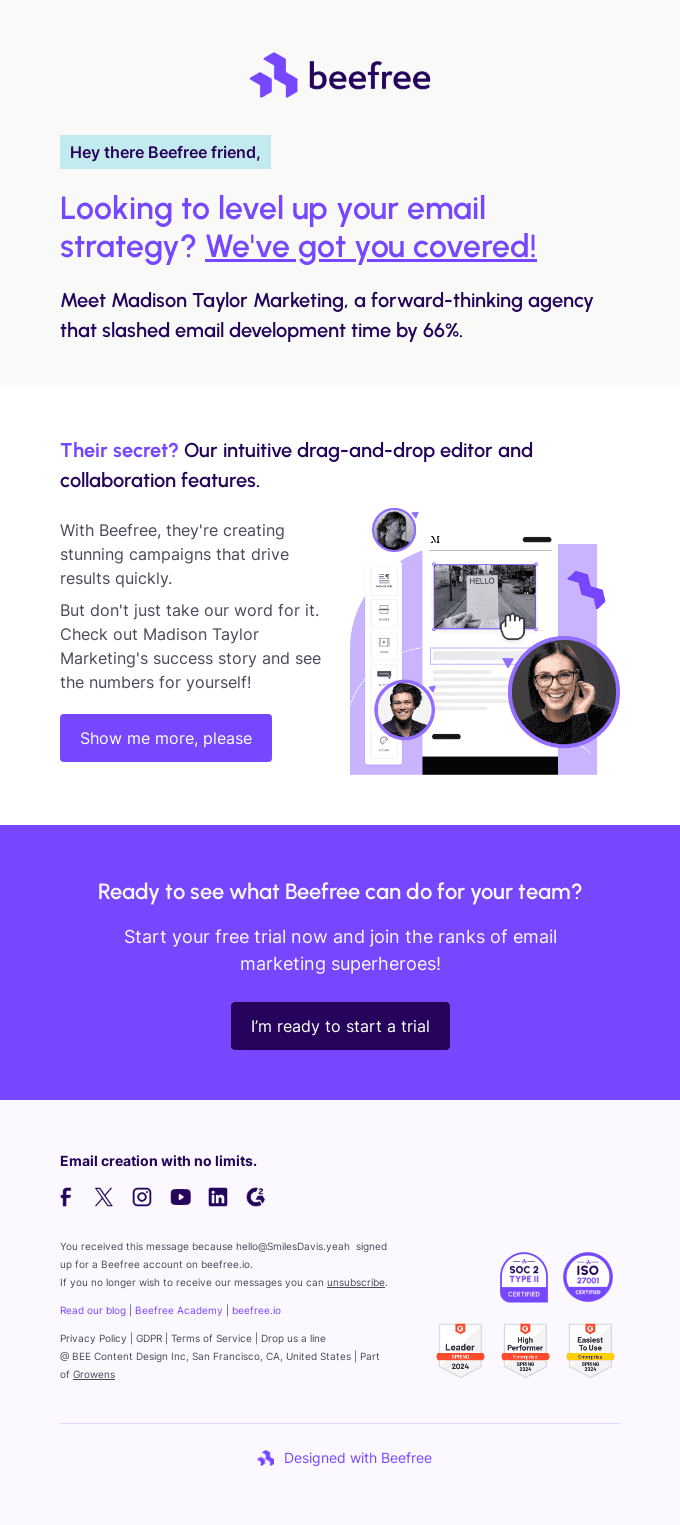
Pricing Page
The lead is showing strong buying intent. They’re probably weighing you up against multiple competitors, conducting a price vs. benefit analysis. At this stage, lingering doubts could push them toward a competitor.
How to respond: Reach out and ask if the lead needs help picking a plan. Alternatively, you could offer a free trial, discount code, or case study.
Blogs or Reports
The lead is in the research stage and trying to fill knowledge gaps, which could indicate feelings of uncertainty.
How to respond: Meet the lead where they are. Take a softer, more education-focused approach. Write a cold email with an invitation to download a resource, such as the example below from Bill. Remember to keep messaging relevant to the content the lead was viewing.

How to Leverage Behavioral Triggers in Your Sales Workflow
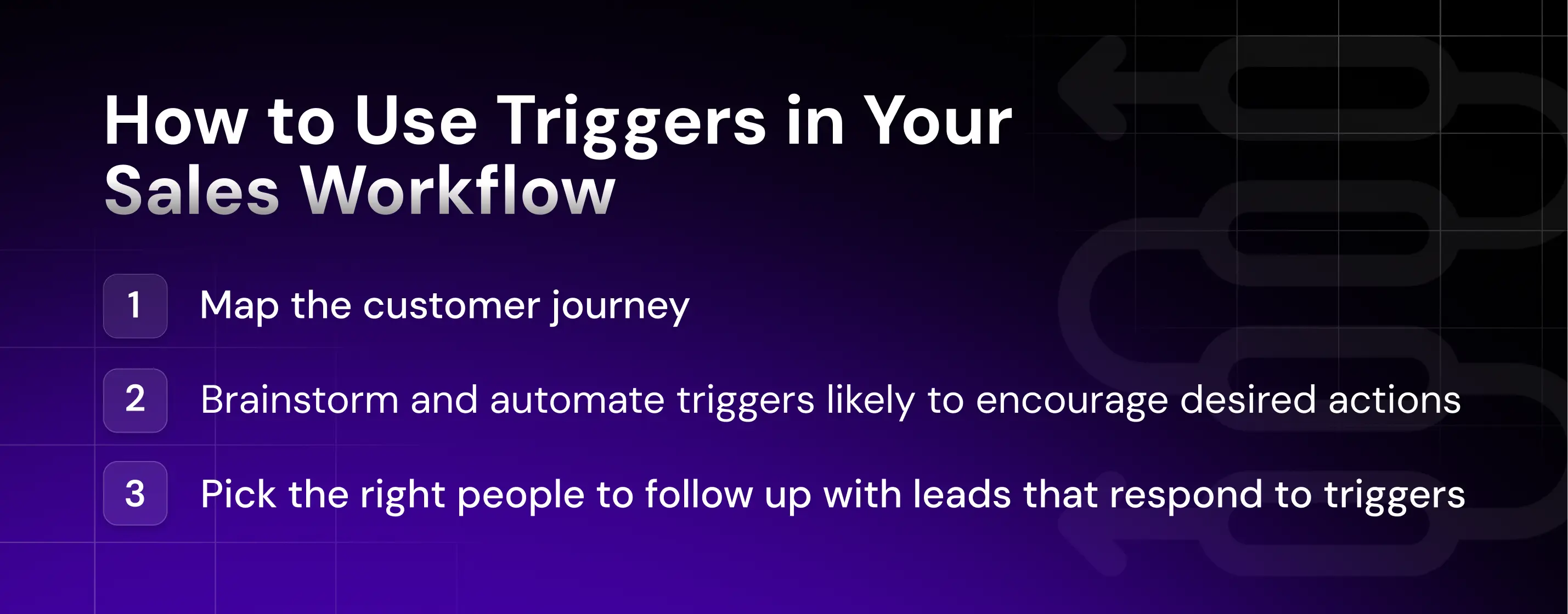
Understanding behavioral triggers is only the first step; the real value comes when you integrate them into your sales strategy.
Let’s explore how to use triggers seamlessly in your sales journeys.
Map the Customer Journey
First, you need a clear picture of how customers interact with your business. This gives you insight into their behaviors and gives their triggers context.
For example, a prospect viewing a pricing page likely has a different intent compared to an existing customer doing the same.
Clearly define all potential touchpoints and map these to the various stages of your sales funnel, from initial discovery right through to a sales call with an account executive. Bringing in the right leads depends on this alignment.
Data from your CRM and sales tool helps you track and understand buyers’ actions at these various defined stages. A tool like Artisan, for example, has dedicated features for tracking the status of leads so you always know where prospects are in your pipeline.
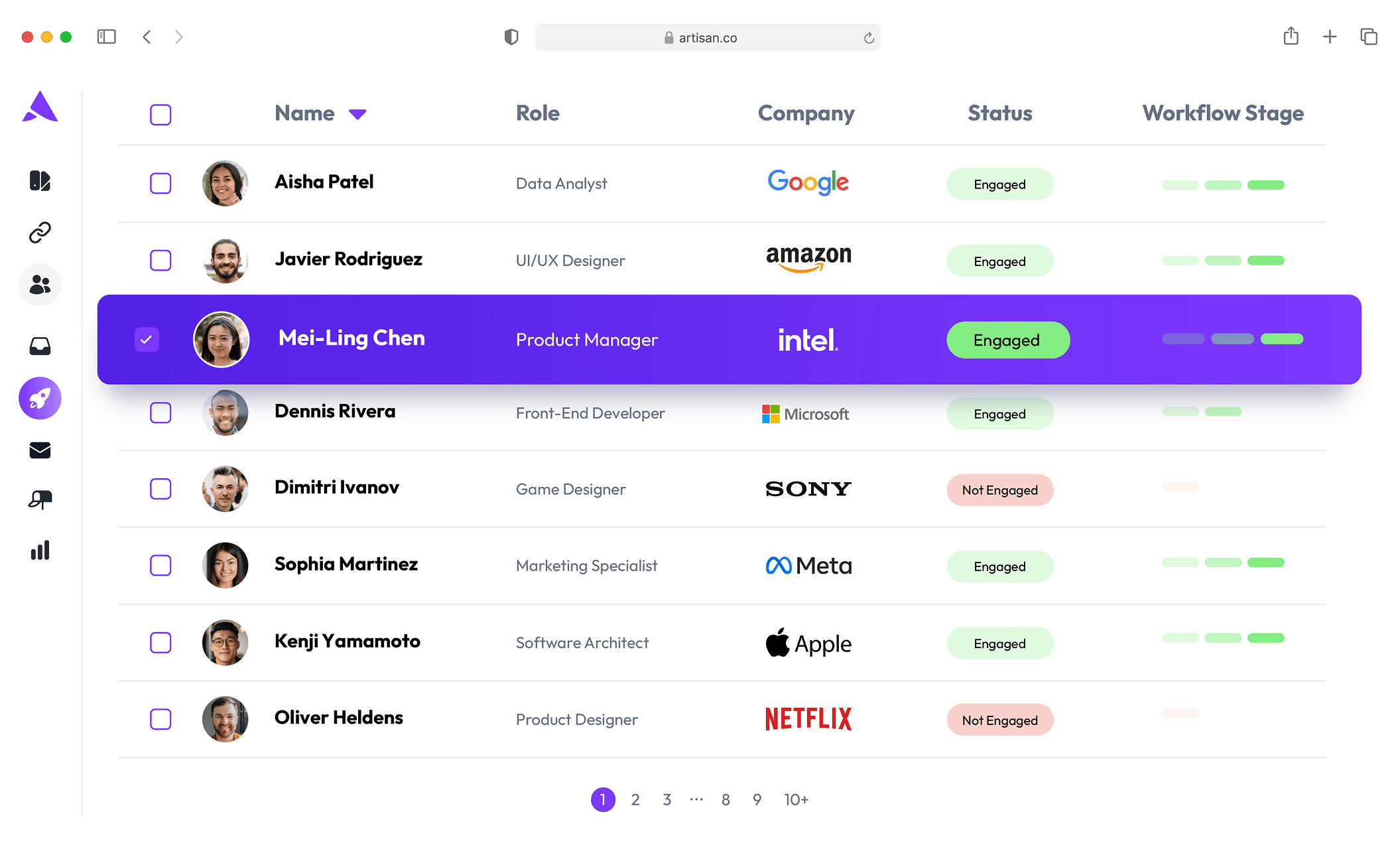
Set Up Automated Responses to Actions
With the buyer journey mapped, it’s time to decide how you will respond to specific actions. These responses work as behavioral triggers, pushing the lead forward to book a meeting or make a purchase.
Automate this process where possible so your team’s time isn’t wasted dealing with hundreds, if not thousands, of leads. In addition, automation lets you take advantage of one of the most powerful competitive advantages in the sales game: speed.
Austin Rulfs, owner of Zanda Wealth Mortgage Brokers, has automated his responses to win more conversions.
He said, “We recently integrated automated, data-backed sales triggers into our workflow, and noticed that responding within about 12 minutes increased our conversion rates by roughly 32%.”
Responses should be tailored to the specifics of prospect signals. For example, a lead that has expressed concern about cost will react positively to a money-back guarantee. Somebody who doubts your ability to deliver, however, is in need of positive customer testimonials.
A tool like Artisan makes responding at the right time with the right message straightforward. AI BDR Ava automates outreach, tailoring messages to leads’ characteristics and most recent actions.
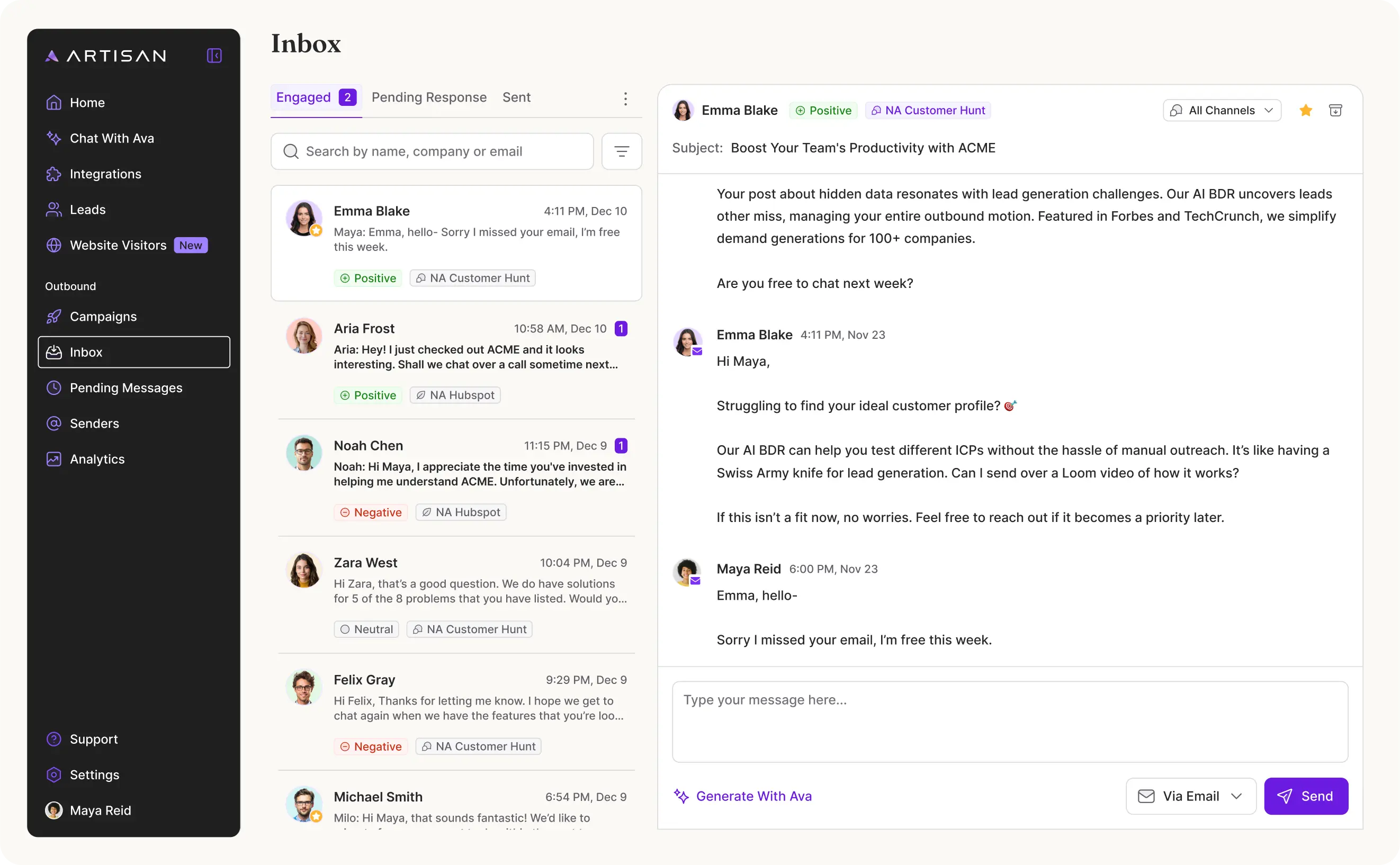
Align Teams Around Trigger Events
Decide who reacts when customers take certain actions.
For example, when customers abandon their cart, the marketing team should be responsible for reengaging them. However, when a lead looks at the pricing page, it is up to the sales team to react with appropriate outreach.
Ultimately, whether or not sales or marketing takes over, and which function in the team assumes responsibility, comes down to buyer readiness. Top-of-funnel leads likely require more nurturing from marketing or inbound SDRs, while high-intent leads are usually ready for AEs.
Final Thoughts: Why Triggers Are the Future of Sales
Buyers aren’t purely rational. When you understand the emotional triggers behind their actions, you can craft a persuasive pitch.
A tool like Artisan adds behavioral triggers to your sales process on autopilot. AI SDR Ava automates responses when leads take key actions, such as visiting your website, allowing you to react quickly to signals.
In addition, she personalizes cold emails and follow-ups that evoke emotions in leads using social proof, urgency, FOMO, scarcity, and more.

Email Examples from Really Good Emails
